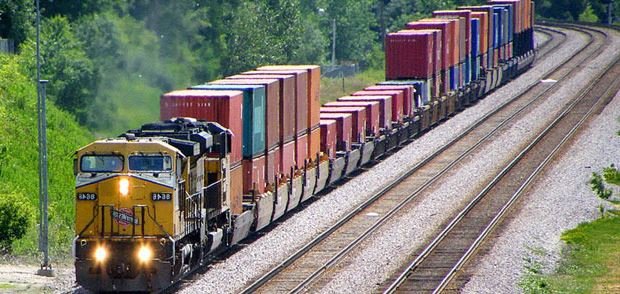The recent development of Jammu and Kashmir’s first cherry cargo train bound for Mumbai represents more than just a logistical milestone—it is a significant turning point in the region’s agricultural economy. As the Indian Railways prepares to transport a full parcel van of cherries from Katra to Bandra on June 3, this initiative signals a thoughtful and much-needed shift towards modernizing the supply chain for perishable goods. For a region where horticulture, particularly the cultivation of cherries, apples, and other fruits, forms the backbone of rural livelihoods, the move to rail-based logistics introduces a level of efficiency, reliability, and scale that road transport simply cannot match.
The endeavour, which has taken shape after close coordination between the Northern Railway, horticulture officials, and fruit grower associations, is not merely a logistical upgrade. It is a statement of intent—a recognition that the needs of Jammu and Kashmir’s agricultural producers deserve the same infrastructural sophistication afforded to other sectors of the economy. By registering the first VP indent (parcel van allocation) from Katra to Mumbai, authorities have made it clear that perishable produce from the region will no longer be left at the mercy of traffic congestion, deteriorating roads, and uncertain delivery timelines. In practical terms, the implications of this initiative are immense. A 24-ton cherry consignment reaching Mumbai in just 30 hours allows for fresher, more appealing produce to hit retail shelves, reducing spoilage and increasing the net returns for farmers. The time-sensitive nature of cherry harvesting and distribution has long posed a challenge to growers, often resulting in economic losses and limited access to distant markets. Rail transport not only preserves the quality of the produce but also reduces dependency on expensive and risk-prone road logistics. The operational speed, predictability, and bulk-carrying capacity of railways introduce a new dynamic of scalability for the region’s fruit economy. Furthermore, the environmental dividends of such a shift cannot be ignored. Rail-based transport reduces the carbon footprint significantly compared to long-haul trucking, aligning with broader national goals of sustainable development and green logistics. In a time when climate change poses unpredictable challenges to agriculture, innovations that combine economic gain with environmental stewardship must be celebrated and replicated. Yet the true merit of this initiative lies in its ability to set a precedent. If the first cherry shipment succeeds—as expected—it will encourage similar ventures for apples, walnuts, pears, and other high-value crops from the region. Such rail corridors could evolve into permanent horticultural lifelines, connecting remote orchards in Kashmir to urban demand centres across India. What began as a single cargo van could evolve into a network of refrigerated wagons, multimodal logistics hubs, and agro-processing linkages, empowering small and marginal farmers by providing them access to national and even global markets. This initiative also offers a lesson in cooperative governance. It is the result of stakeholders, from the railways and state departments to farmers’ associations, working in unison toward a common goal. This kind of synergy is crucial in transforming policy intent into ground-level impact. It reflects a maturing governance framework where the government plays the role of an enabler, and farmers are treated not as beneficiaries of aid but as entrepreneurs deserving of infrastructure, opportunity, and respect. It is equally important to acknowledge that such developments must not stop at one successful shipment. They should be integrated into a broader agricultural policy that focuses on cold-chain infrastructure, rail connectivity, digital tracking of consignments, and warehousing solutions. Encouraging private investment in the packaging, grading, and marketing of produce could further boost the sector. Additionally, growers must be educated and trained to meet the quality standards and handling protocols required for such shipments to become a sustainable feature of their business models. This landmark step would not have been possible without the clear vision and relentless commitment of the Jammu and Kashmir government, which deserves high praise for aligning infrastructure with the genuine needs of its farmers. By championing this rail-based logistics model, the administration has proved that it is not merely managing the region—it is shaping its future. The cherry train is more than a transport service; it is an economic lifeline and a testament to the government’s strategic thinking and hands-on governance. This move also reflects a strong political will to end the decades of stagnation in the region’s farm economy. It is a clear message to the rest of the country: Jammu and Kashmir will no longer be treated as a periphery; it is now asserting itself as a vital contributor to India’s agricultural map. With perishable produce now reaching markets like Mumbai within 30 hours, farmers stand to gain more income, less wastage, and a newfound confidence in institutional support.
If this effort is aggressively scaled and sustained, it has the potential to shatter old limitations and usher in a new horticultural revolution in the region. With the right policy backing and continued infrastructure investments, this initiative will not just bridge the distance between growers and consumers—it will permanently close the gap between aspiration and achievement for Jammu and Kashmir’s farming community.
– From the Editorial Desk




